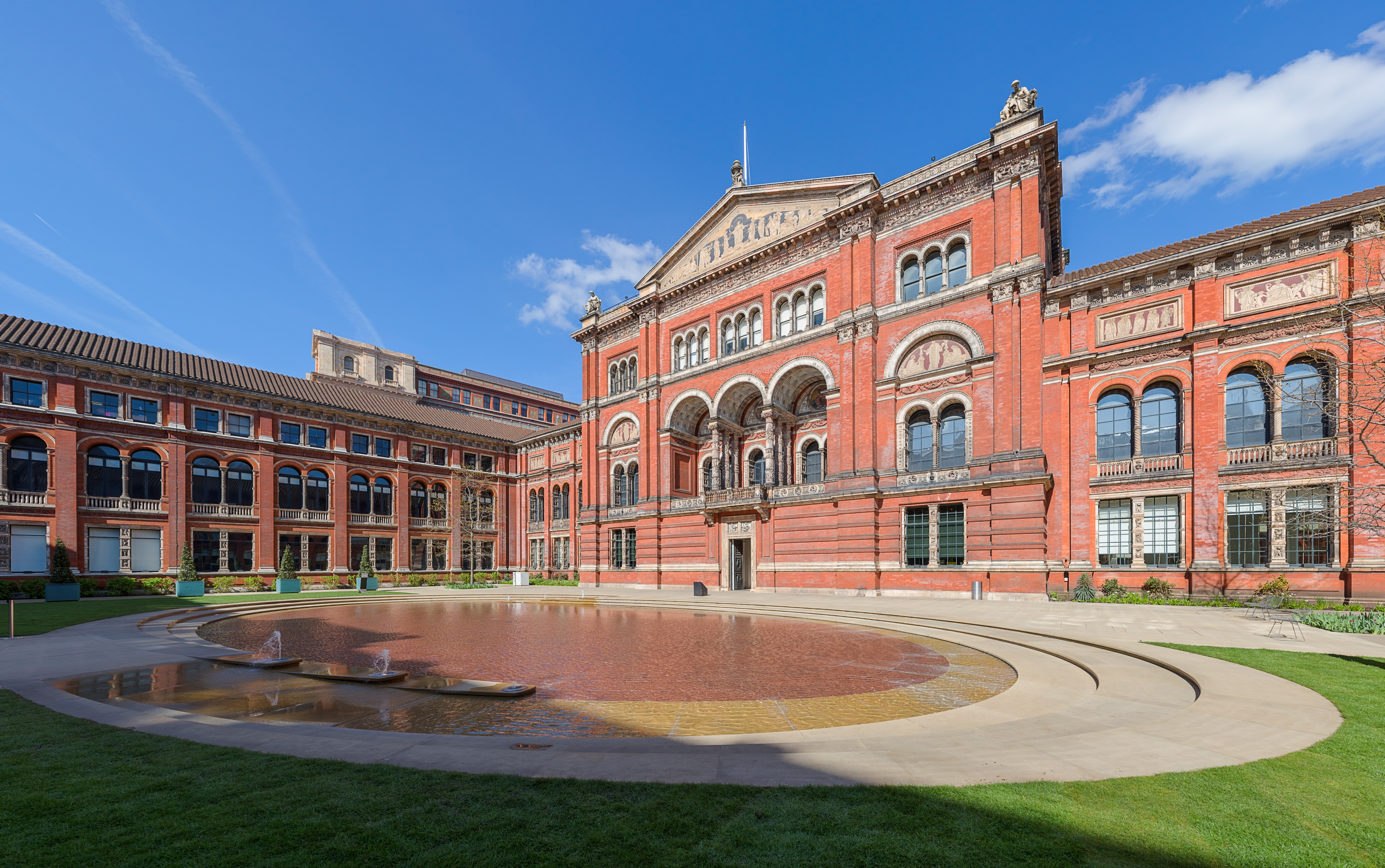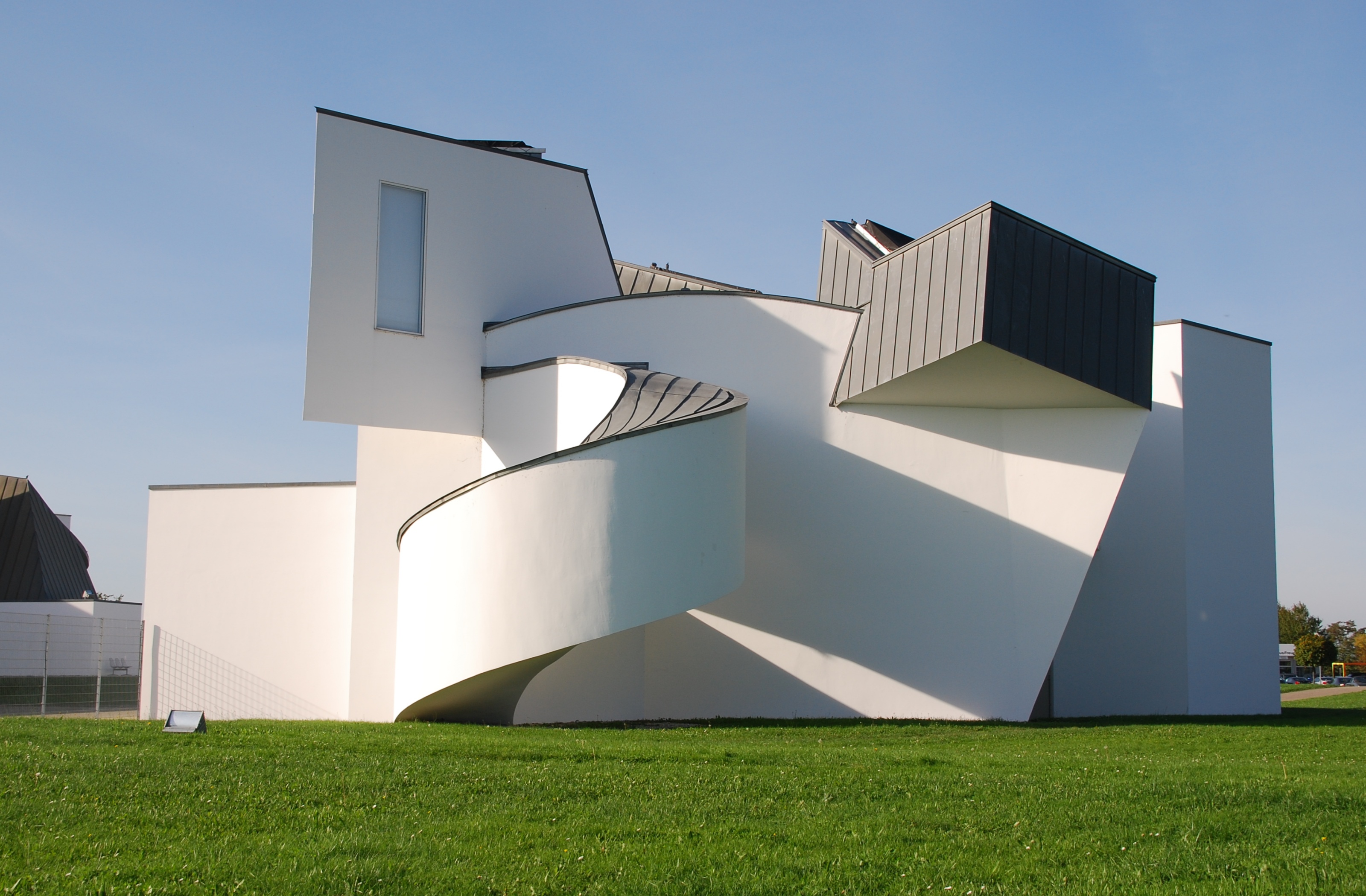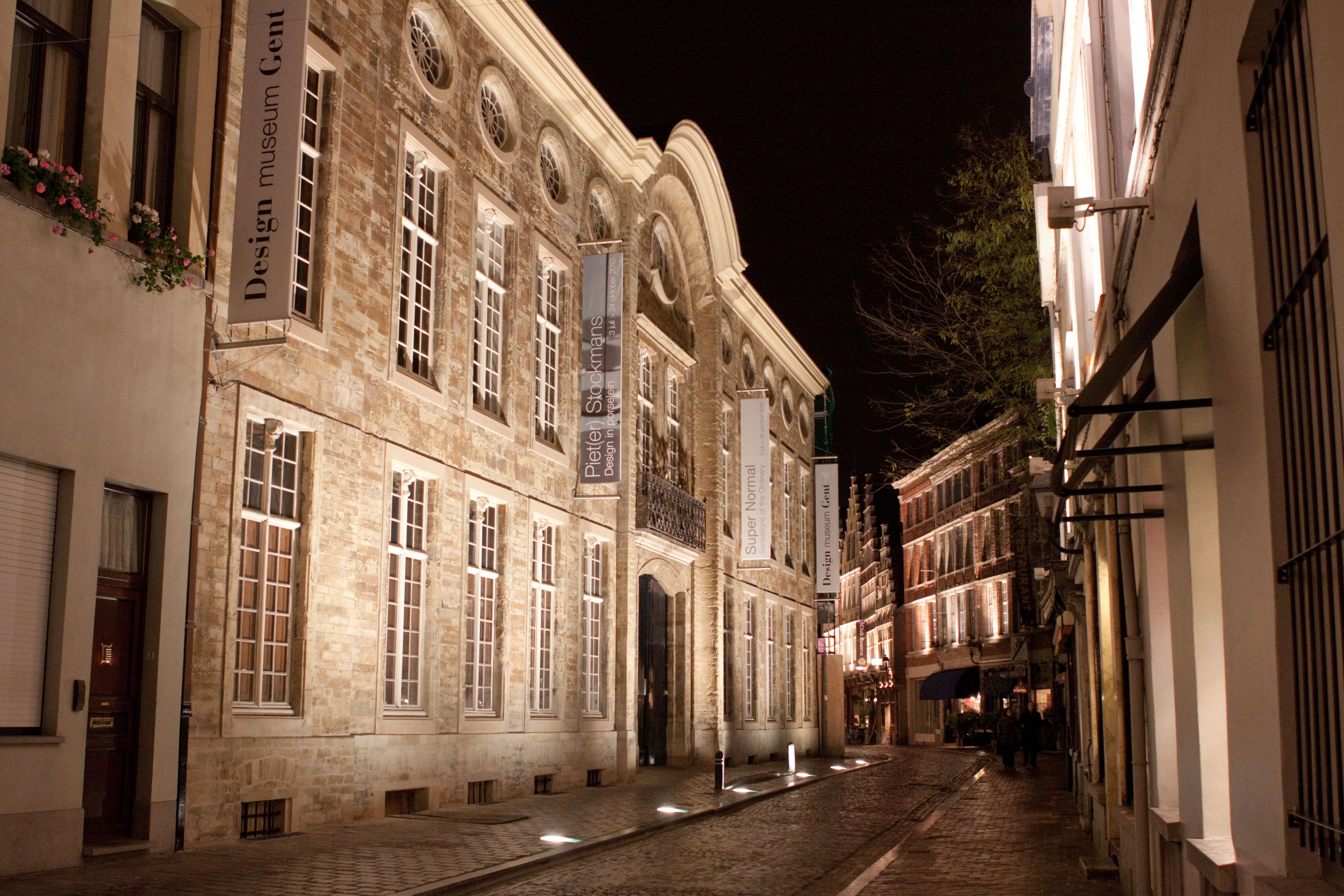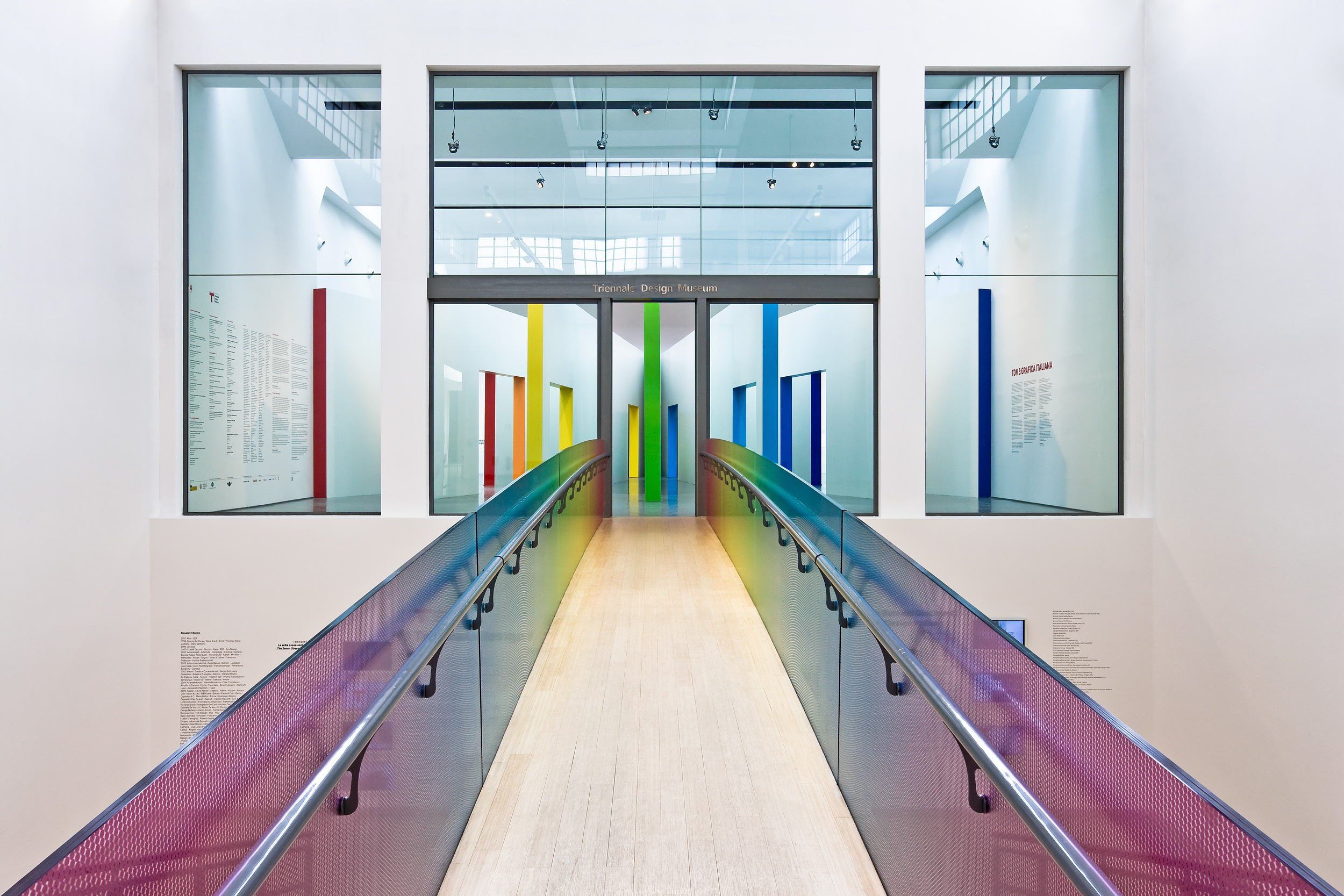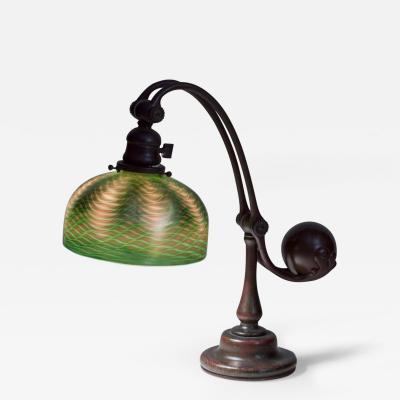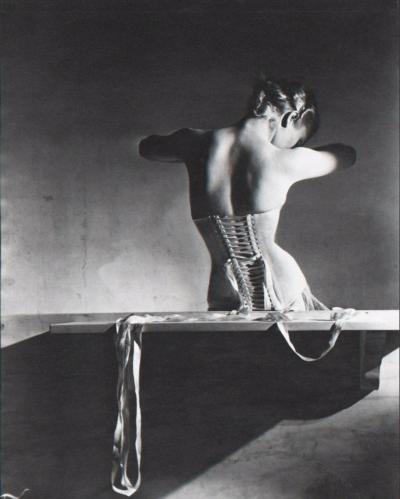The 6 Best Design Museums in Europe
The numbers are in, and, once again, the Musée du Louvre has topped the list of the most-visited museums in the world, drawing 7,400,000 visitors in 2016. Nipping at its heels were the Metropolitan Museum of Art (7,006,859), the British Museum (6,420,395), and the National Gallery, London (6,262,839). Yet, for the design-savvy museum-goer who has seen enough of medieval tapestries and the Elgin Marbles, there is a multitude of design-focused museums around the world, especially across the Pond. So, pack your steamer trunk, and join us as we survey the 6 Best Design Museums in Europe.
Victoria & Albert Museum
London
Down the road from Harrods, symbol of British taste and refinement, is the Victoria & Albert Museum, arguably the preeminent museum dedicated to design and the decorative arts in the world. Its permanent collection includes 2.3 million objects produced over a 5,000-year period, from Pablo Picasso’s Dish (ca. 1957) to the Great Bed of Ware (ca. 1590), a monumental four-poster that is large enough to accommodate four couples.
The Victoria & Albert Museum may have recently celebrated its 165th birthday, but it is by no means a fusty institution and has developed a reputation for innovative programming, as with the forthcoming “The Pink Floyd Exhibition: Their Mortal Remains” (opening May 13, 2017), the first international retrospective dedicated to the psychedelic rock band. Earlier this month, the museum announced that it would open a new photography center in fall 2018 to house the collection of the Royal Photographic Society, a 400,000-piece treasure trove with works by Horst P. Horst and Yousuf Karsh, among others.
Click here to learn more.
The Design Museum
London
Across town from the Victoria & Albert Museum is a relatively young player in the museum world, the Design Museum, which opened a new facility on High Street Kensington in November 2016. If the Victoria & Albert is the grande dame of design, this is its free-spirited cousin, declaring that its mission is nothing short of creating “the most inspiring, exciting and engaging Design Museum in the world.”
The Design Museum was once housed in the V&A but struck out on its own in the 1980s, charting a new path that emphasized design in the modern period, from the Industrial Revolution to the digital age. In recent years, the Design Museum has mounted exhibitions that address a variety of pressing issues, such as networked sexuality, sentient robots, slow fashion, and settled nomads.
Click here to learn more.
The Vitra Design Museum
Weil am Rhein, Germany
The Vitra Design Museum, in Weil am Rhein, Germany, is one of just a handful of museums in the world dedicated exclusively to design. The museum was founded in 1989 to house the private collection of Rolf Fehlbaum, owner of the Switzerland-based furniture company Vitra, and gained international renown in the 1990s for a series of monographic shows on Charles & Ray Eames and Frank Lloyd Wright, as well as thematic exhibitions on Czech Cubism and the future of mobility. In keeping with the entrepreneurial ethos of its founder, the Vitra Design Museum has launched its own product lines to finance daily operations.
Some of the highlights from the museum’s collection are the Wiggle Side Chair (Frank Gehry, 1969-1972), which was memorably integrated into a design project on Manhattan’s Upper West Side by the renowned designer Glenn Gissler, to the Superleggera/699 (Gio Ponti, 1951-1957), the culmination of the artist’s quest to produce the lightest chair possible (1.7 kilograms).
Almost has remarkable as the museum’s holdings is the facility itself, the first building designed by Frank Gehry in Europe. A feat of deconstructivism, the 8,000-square-foot building is a whirl of white plaster and titanium-zinc alloy, modelled in part on the curving walls of the chapel of Notre Dame du Haut, by Le Corbusier, in Ronchamp, France.
Click here to learn more.
The Bauhaus Archive Museum of Design
Berlin
In 1919, a consortium of Berlin-based designers set out to reinvent the discipline, calling for a macro approach that combined architecture, art and design. “Let us then create a new guild of craftsmen without the class distinctions that raise an arrogant barrier between craftsman and artist!” exclaimed Walter Gropius, in the founding manifesto for the Bauhaus. “Together let us desire, conceive, and create the new structure of the future … which will one day rise toward heaven from the hands of a million workers like the crystal symbol of a new faith.”
To preserve the legacy of this highly influential school, the Bauhaus Archive Museum of Design, in Berlin, has assembled the largest collection of Bauhaus materials in the world. While the Gropius-designed facility only has room to exhibit about a third of its holdings, the museum has works by a number of masters of modernism, including Paul Klee, Wassily Kandinsky, and Oskar Schlemmer. The institution mounts four special exhibitions each year, but preparations are underway for a new building, which will be completed in time for the centenary of the founding of the Bauhaus.
Click here to learn more.
Design Museum Gent
Ghent, Belgium
On a winding street in Ghent, Belgium, is an eighteenth-century mansion that is home to Design Museum Gent, which houses about 22,000 objects. This museum is somewhat unusual in that it classifies Baroque and Rococo applied arts under the rubric of design, which it defines against five criteria: contemporaneity, innovation, ergonomics, durability and aesthetic relevance. Following this approach, the museum has acquired objects that range from precious to prosaic, placing meticulously crafted woodwork in close proximity to mass-produced objects. (In 2005, for instance, it had a display dedicated to Tupperware.) The bedrock of this collection is eighteenth-century French-style furniture, but, beginning in the mid-1970s, the museum expanded its holdings to Art Nouveau, Art Deco, and Italian postmodernism.
Click here to learn more.
Triennale di Milano
Milan
The last museum on our list does not have a permanent collection of its own but has been home to a number of groundbreaking shows, including retrospectives of major artists like Keith Haring and Roy Lichtenstein. Since it was established in 1933, the Triennale di Milano has been a laboratory of Italian rationalism, helping to catalyze the “Made in Italy” phenomenon of the 1950s, when Milan challenged Paris as the global capital of fashion and design. The signature event held at the Triennale di Milano, an international exhibition of the same name, was temporarily halted in the mid-1990s, but it returned with a vengeance in 2016, captivating the design world with the landmark show, “Design After Design.” The theme for the 2019 exhibition has not yet been announced.
Click here to learn more.
For more museum recommendations from Incollect, see:
Top 12 Museums for Modern Design in the U.S.
Top 10 University Art Museums in the U.S.
10 Best Museums Devoted to Sculpture in the U.S.















